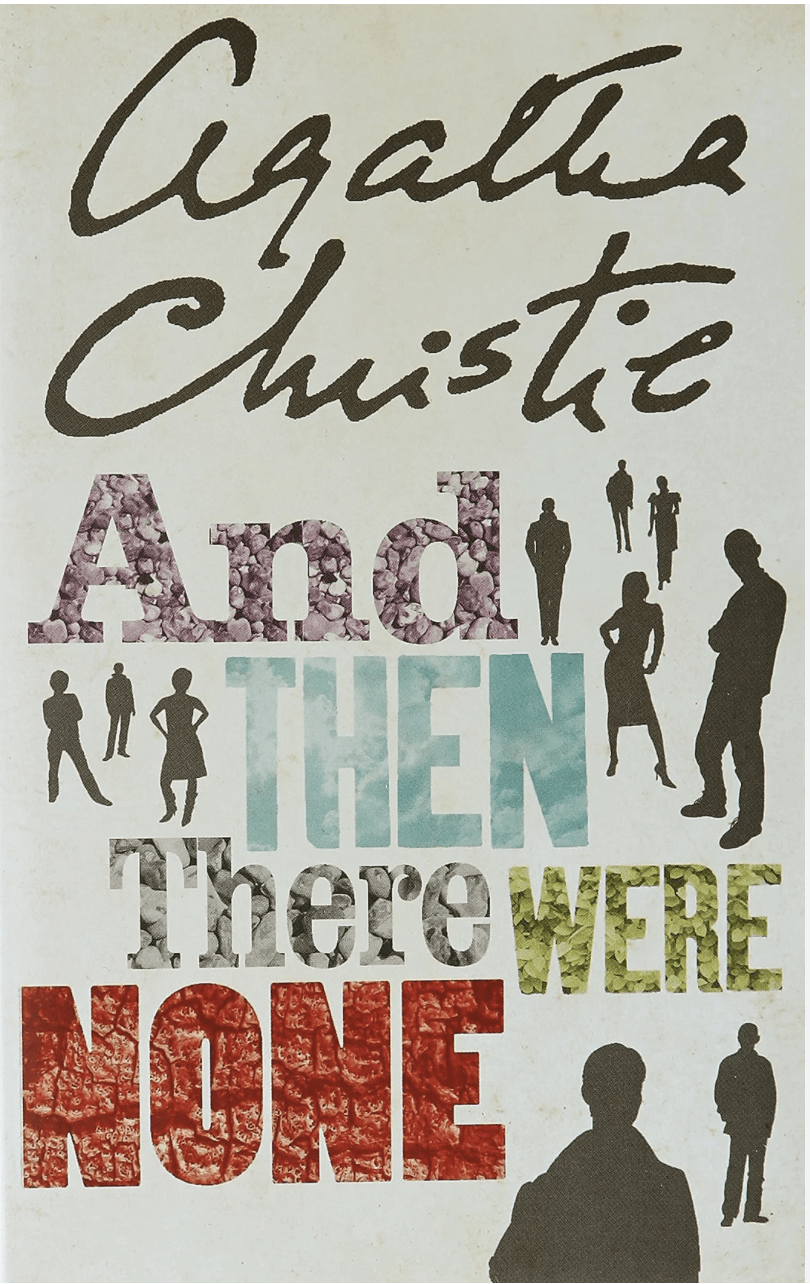And Then There Were None
When I was in eighth grade, my English teacher introduced me to Agatha Christie. She had no clue what can of worms she had opened that day. I’ve always loved mystery novels — my dad used to read them to me every night. We’d sit and solve two-minute mysteries and try to sleuth like the great Sherlock Holmes. So being introduced to a different but prolific mystery writer like Christie was a dream come true that quickly turned into a bit of a hyper-fixation.
However many of her novels I read, my favorite will always be “And Then There Were None.” Mrs. Gryzwa-Birge put that book in my hands that fateful day, sealing my fate. No matter how many Hercule Poirot and Miss Marple stories I read, this dark tale of justice, guilt and the effect of fear on the human psyche will remain fascinating. I catch new clues every time I reread it, enriching the experience.
The novel starts with 10 strangers taking an invitation to an island for various reasons. At their evening gathering, each attendee is accused of murder by a record played through a wall. As the storyline progresses, the characters are killed one by one, following the lines of a nursery rhyme. Told through shifting perspectives and a somewhat omniscient narrator, the dwindling members question and accuse each other. Their distrust of each other, internal guilt and fear grate on them with varying effects, examining what happens when people are forced to face their guilt while fearing for their lives.
Written in 1939, the novel is different from other Christie classics. There is no key detective, and the answer is not revealed in the chapters. Rather, the criminal explains their process through a manuscript in the epilogue. Themes common in Christie’s work do pop up, though, specifically the idea of interfering when the courts cannot. In several of her stories, a “court” gathers evidence and decides the fate of an individual after the legal system fails their thirst for justice. So it is with “And Then There Were None.”
This book is not just a personal favorite. It has garnered acclaim from critics and the general public. It is ranked #10 on the Mystery Writers of America’s Top 100 Mystery of All Time list. It has sold over 100 million copies and is consistently ranked on lists of the best-selling books of all time. Christie’s estate held a contest to determine which novel is the “World’s Best Christie,” and the honor was given to “And Then There Were None.” Reviews often point out the genius of the book’s plot twists and ending. In my opinion, a good mystery requires you to be guessing up until the very end, and “And Then There Were None” accomplishes that with skill and poise.
Christie even wrote in her autobiography that this novel is one of her most significant points of pride, writing, “I wrote the book after a tremendous amount of planning, and I was pleased with what I had made of it … It was well received and reviewed, but the person who was really pleased with it was myself, for I knew better than any critic how difficult it had been … I don’t say it is the play or book of mine that I like best, or even that I think it is my best, but I do think in some ways that it is a better piece of craftsmanship than anything else I have written.”
“And Then There Were None” is thought-provoking and fast-paced — a perfect crime mystery. It will take you on the ride of a lifetime. I recommend it highly.

